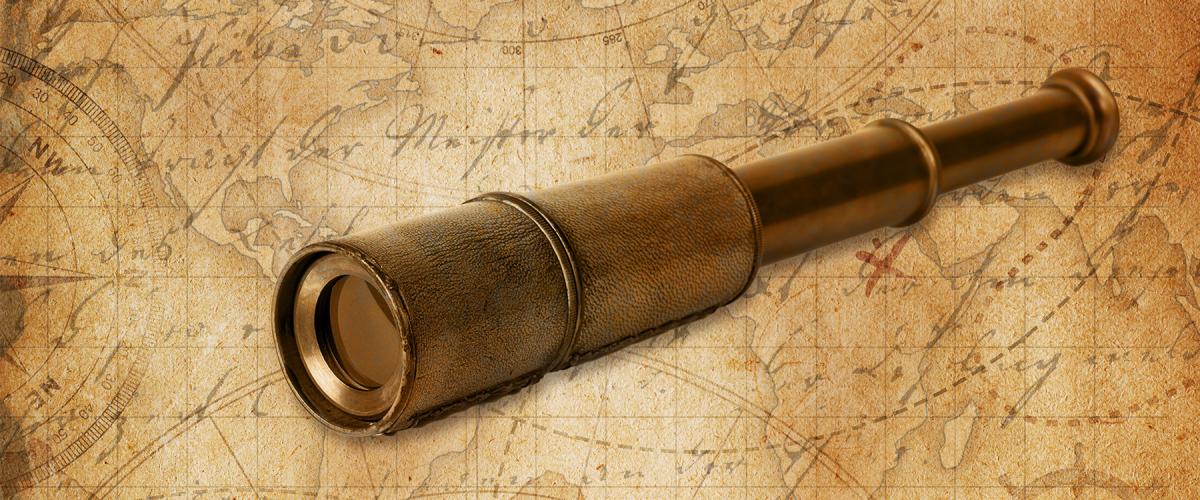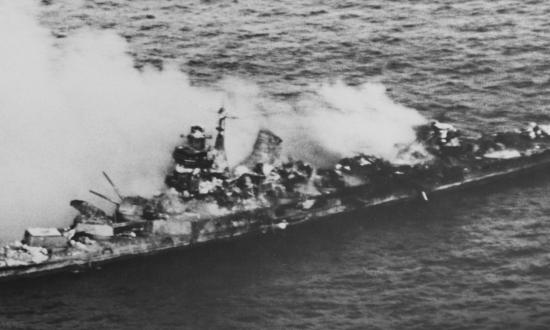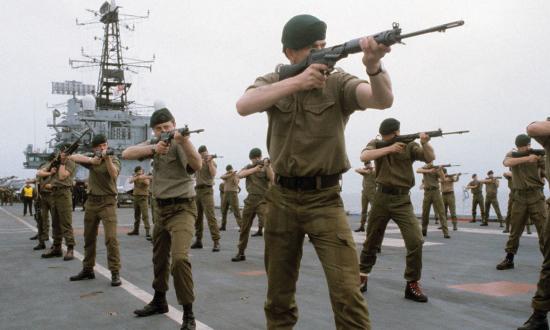Late on a September afternoon in 1781, the course of world history was determined by a sea fight that lasted just over two hours. Historian Emil Reich dubbed it the “British Naval Waterloo.” An apt title, indeed—but it generally goes by a few more matter-of-fact names: the Battle of the Chesapeake, the Battle of the Virginia Capes, or, simply, the Battle of the Capes. The United States owes its very existence to its outcome, for it made possible the victory at Yorktown that forced the British surrender in the Revolutionary War. The Battle of the Capes “was one of the decisive battles of the world,” observed the British naval historian Michael Lewis. “Before it, the creation of the United States of America was possible; after it, it was certain.”
We pay tribute to this crucial naval engagement that attended to the birth of the nation with our cover story this issue. Mark Carlson takes a look at the colorful events that culminated in the epochal clash off the mouth of the Chesapeake—and finds within them a cautionary tale about how the most powerful navy in the world can fall prey to rigid, outdated tactical thinking and the fatal predictability that can result therefrom.
Also this issue, we present a pair of articles commemorating the 60th anniversary of the Cuban Missile Crisis—and we should thank our lucky stars that any of us are even here to look back on it, because it was the closest the United States and the Soviet Union ever came to nuclear war. The stakes were high during those fearful days in October 1962, as President John F. Kennedy and Soviet Premier Nikita Khrushchev faced off over the installation of Soviet nuclear missile silos just 90 miles off the U.S. coast in Cuba. Norman Polmar offers a thorough analysis of the role that Soviet nuclear-armed submarines played during the tense standoff. And Michael Whitby, Senior Naval Historian with the Canadian Ministry of Defence, brings us a fresh take on the events with a revealing look at Canada’s vital contribution during those 13 dark days. As he notes, “These Canadian activities were highly classified and remain virtually unknown to this day—but they illustrate the importance of maritime partnerships in times of emergency.”
Some little-known chapters from the saga of the Pacific war also grace our pages this issue. Robert C. Stern serves up an adventurous account of a U.S. Navy supply convoy running the gauntlet to Guadalcanal in October 1942—a mission marked by danger, rescue, survival, and fortitude. And New Zealand historian Reg Newell regales us with an unusual tale of downed U.S. Navy airmen stranded on a remote South Pacific island. They managed to stay alive and avoid watchful Japanese eyes—thanks to the islanders with whom they formed a lasting bond.
Lastly, Matteo Pugliese presents an eye-opening story from the more recent past. In October 1980, a powerful explosion blasted open the hull of the Libyan flagship Dat Assawari, docked for repairs in the Italian port of Genoa. Fingers pointed at the “Maltese Nationalist Front” as the culprit—but the sabotage in reality was committed by France, secretively striking a blow against Muammar Gaddafi’s Libya. Proof positive that, sometimes, the most intriguing history is that which unfolds behind the scenes!
Eric Mills
Editor-in-Chief








